Revealed: The Lancashire buildings and monuments most at risk
and live on Freeview channel 276
The valued historic places - from churches to ancient moats, a theatre and monuments, are on Historic England's At Risk Register, which identifies structures most at risk of being lost as a result of neglect, decay or inappropriate development.
At risk in Preston
- St Walburge's Church - a Grade I listed place of worship classed as being in "poor" condition. Decay of the slate roof is being addressed with a £250,000 renovation project, but according to the register, there is an "immediate risk of further rapid deterioration or loss of fabric; no solution agreed."
Advertisement
Hide AdAdvertisement
Hide Ad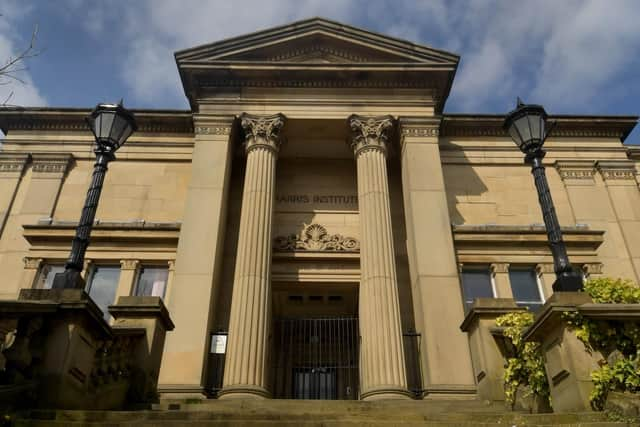

- The Harris Institute, Avenham Lane: Described as in poor condition and in "slow decline". The register states: "There is a risk that dry rot (which was previously eradicated) could re-establish as the building is unventilated and suffering from water ingress."
- The Church of St George The Martyr, George Road: This Grade II building is in "poor" condition. Experts say there are "significant issues associated with the 1843 stone encasement of the earlier church, including multiple fracturing of the stone caused by expanding iron cramps."
At risk in Chorley
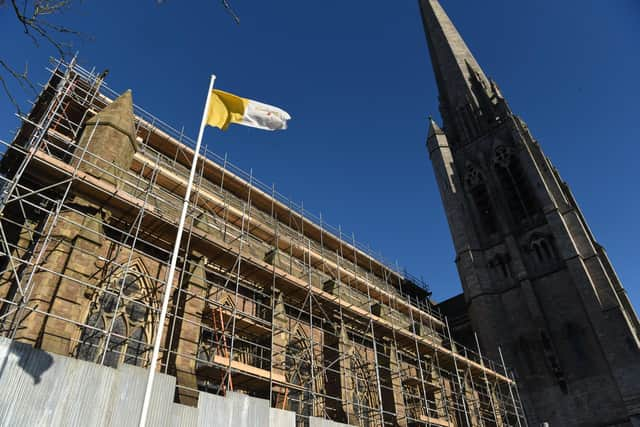

- Church of St George, St George's Street - Grade II* listed and rated as in "poor condition". The register states that the "Principal structure and envelope (is) in fair condition, but (the) foundation failure of internal sleeper walls on the north side is causing progressive deflection of the nave floor and gallery above. The church has been a victim of heritage crime."
- Church of St Michael, Croston. A Grade II* place of worship said to be at "immediate risk of further rapid deterioration or loss of fabric" despite floor and roof repairs in 2017. The roof covering has now deteriorated further with delaminating stone slates and issues with leadwork causing vulnerability of the structure due to potential for water ingress.
Advertisement
Hide AdAdvertisement
Hide Ad- Buckshaw Hall, Euxton: This privately-owned, 17th century timber-framed former manor house has been unoccupied since World War Two. Structural repairs to the exterior were completed several years ago, but the house remains unoccupied. Planning permission has been obtained to build four houses in the grounds in order to fund completion of the repair scheme.
>>>Click here to see work that was taking place inside Buckshaw Hall last year
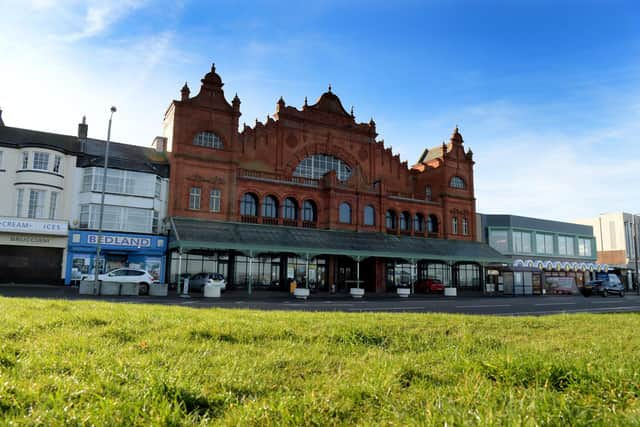

At risk in the Ribble Valley
- Whalley Abbey (west range): The remains of this medieval Cistercian Monastery are jointly owned by the Church of England and the Roman Catholic Church. According to the report: "emergency repairs to the roof and consolidation work to some of the ruins have been undertaken, but the fabric remains in need of significant investment".
- The Old Lower Hodder Bridge, Great Mitton: Built in 1562, the bridge is said to be in "very bad" condition. The bridge is being damaged by sapling and tree growth, there is failing consolidant mortar to the surface, and missing stones are allowing vegetation to become established and rain entry.
- Bellmanpark Lime Kilns: In a "poor condition", these 19th century lime kilns with tramway access are suffering from tunnel and arch collapse.
Advertisement
Hide AdAdvertisement
Hide Ad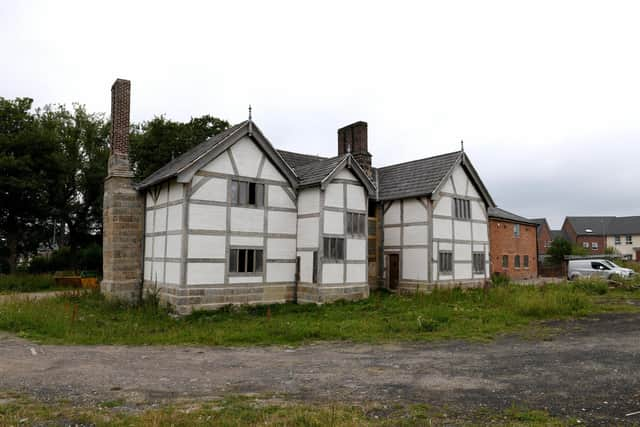

Historic England has funded a significance report, laser scans and a structural survey to inform consolidation of the kilns as well as soft capping of the kiln tops to reduce water ingress.
At risk in the Lancaster area
- Queen Victoria Memorial, Dalton Square - Grade II listed monument erected in 1906. In a "poor" condition, suffering from corroding bronze, graffiti, staining of the stonework and pointing. The local authority hopes to conserve the memorial.
- Engine Running Sheds, Carnforth: Grade II* listed and said to be in a "very bad" condition. According to the report, "the condition of the reinforced concrete frame is very poor and deteriorating."
-Winter Gardens, Morecambe: Grade II* listed theatre, said to be in "fair condition".
Advertisement
Hide AdAdvertisement
Hide AdMorecambe Winter Gardens Preservation Trust owns and looks after the building. In 2021, a new heating system was installed with a Coastal Communities grant and a Historic England Repair Grant for Heritage at Risk funded a first phase of repair to the fibrous plaster ceiling. This was followed by a second phase funded through the Culture Recovery Fund, including repairs to the roof. An options appraisal is looking at how more of the building can be brought back in to use.
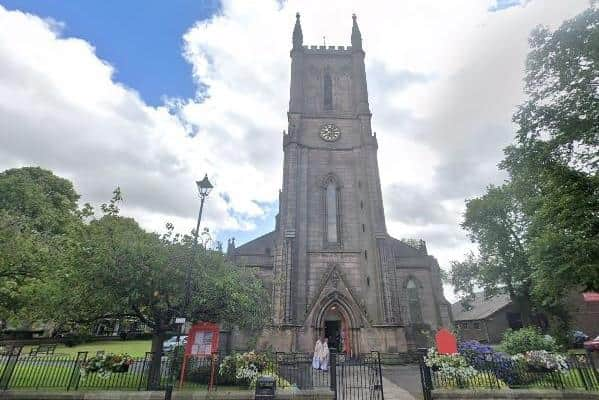

What’s different this year?
Across the wider North West, 10 sites have been added to the Heritage at Risk Register 2022 and 10 sites have been removed - one of which is Bank Hall in Bretherton.
Many have been rescued thanks to heritage partners and dedicated teams of volunteers, community groups, charities, owners and councils, working together with Historic England.
Of the 10 added to the list in the North West, examples include Christ Church, Kensington, Liverpool where the roof is leaking badly; World of Glass, St Helens, now affected by ground movement; and the Grade I listed Parish Church of St Anne, Denton, facing settlement due to vibrations from the nearby M67 motorway.
Advertisement
Hide AdAdvertisement
Hide AdWhy have a register?
Heritage Minister Lord Parkinson of Whitley Bay said: "Historic England's Heritage at Risk Register plays a vital role in our ongoing mission to protect and preserve our rich heritage across the country. It helps to ensure that future generations can continue to benefit from everything our historic sites and buildings have to offer. It is also wonderful to see so many heritage sites removed from the Register thanks to the support of local communities together with Historic England."
Trevor Mitchell, Regional Director of the North at Historic England said: “The historic buildings and places we are helping to save bring people together and inspire deep pride and a sense of belonging.
He added: “As the threat of climate change grows, the reuse, recycling and the sensitive upgrading of historic buildings and places becomes ever more important. Finding new uses for buildings and sites rescued from the Register avoids the high carbon emissions associated with demolishing structures and building new”.
